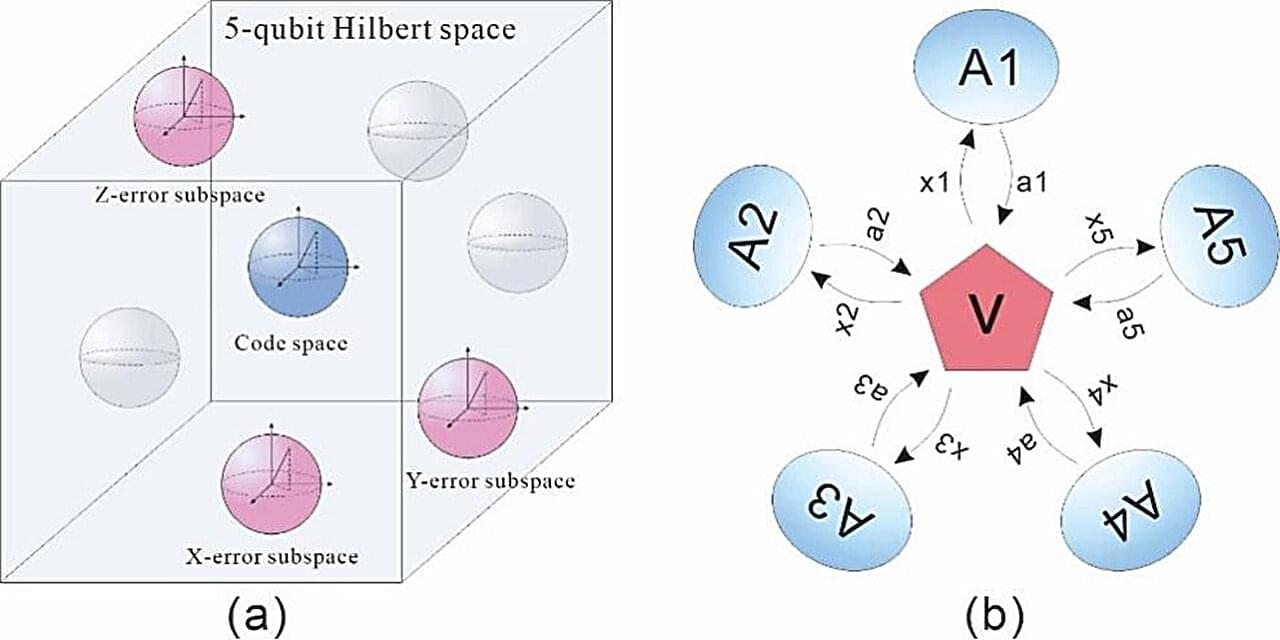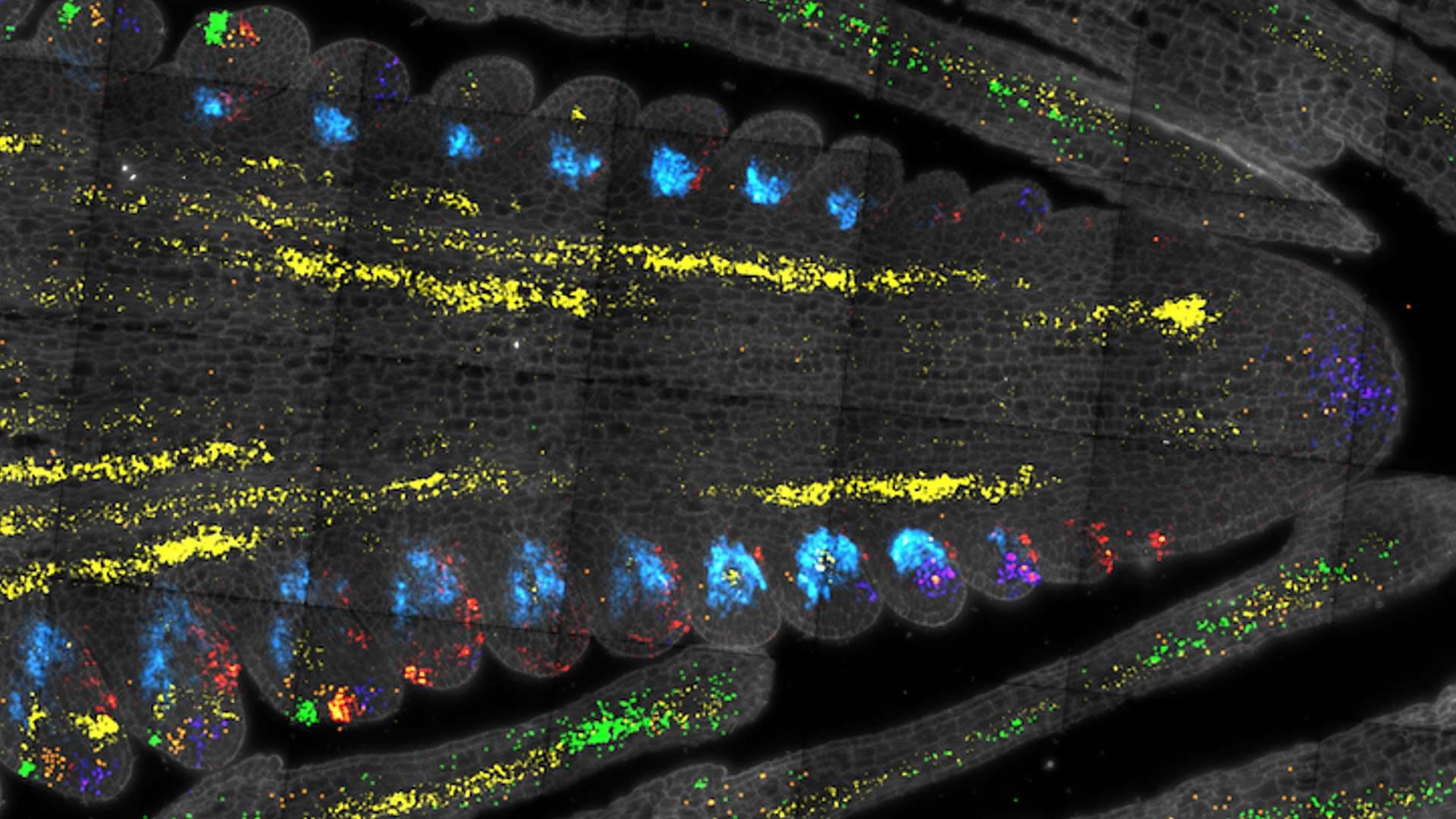Place cells are specialized neurons in a brain region known as the hippocampus, which have been found to fire when animals are in specific locations. These cells don’t fire randomly, but their activity is known to be organized by theta oscillations, which in rats means that they fire in sync with rhythmic brain waves between 7–9 Hz.
While many past studies have explored the role and firing patterns of place cells, the extent to which their activity is influenced by different types of spatial cues has not yet been fully elucidated. Spatial cues are essentially pieces of information that help animals and humans to determine where they are and where they should head toward to reach a desired location.
Researchers at Johns Hopkins University gathered new experimental evidence suggesting that the multiplexed theta phase coding of place cells, or, in other words, their ability to tackle different tasks in the same “wave” of theta rhythm activity, is controlled by external (i.e., allothetic) and self-motion-related (i.e., idiothetic) spatial cues.









